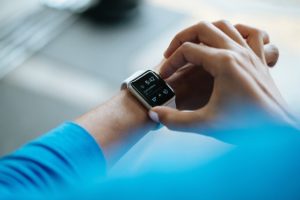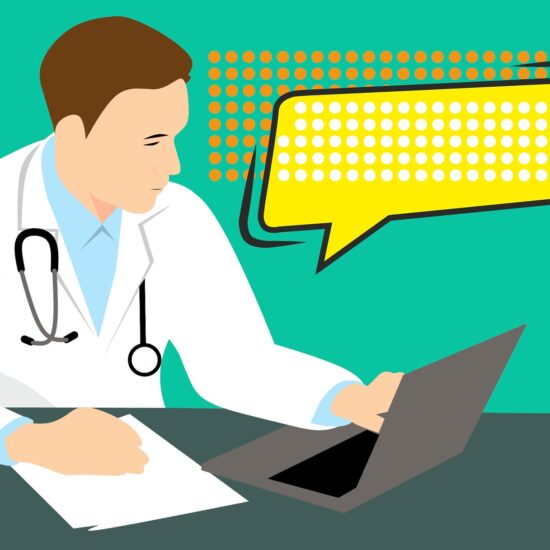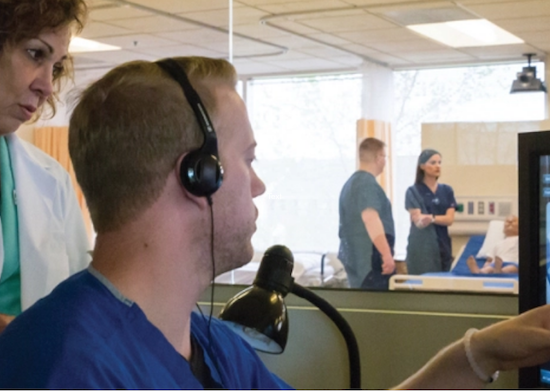 Health informatics––benefit or burden? Advancement in health related technology tends to inspire a wide array of emotions. Despite the range of perception that extends from excitement to suspicion, many agree that technology is here to stay.
Health informatics––benefit or burden? Advancement in health related technology tends to inspire a wide array of emotions. Despite the range of perception that extends from excitement to suspicion, many agree that technology is here to stay.
More people are relying on telehealth & telemedicine to access health care. HealthCetera’s co-producer Kristi Westphaln interviews George Demiris, PhD, FACMI, Vice Chair for Informatics Education, Department of Biomedical Informatics and Medical Education, School of Medicine, University of Washington.
Procter defined health informatics in 2009 as the “study of the design, development, adoption and application of IT-based innovations in healthcare services delivery, management and planning.” While a succinct definition, there is no inclusion of how exactly health informatics can increase health engagement and impact wellness for the everyday person.
Technology can bring health into homes, holds capacity to personalize health care, improve access to health care, and improve health outcomes.
The smart home concept represents one modality to better understand the health behaviors of elders. Smart homes strive to gain a better understanding of patterns of living that are consistent with health and wellness. Sensors passively monitor residents with the purpose of recording patterns of daily life. A better understanding of patterns surrounding sleep quality, meal preparation, physical vs sedentary activity, and even the amount of bathroom visits may help identify patterns of living that correlate to wellness and quality of life.
Wearable sensors, such as fit bits and smart phones, continue to gain consumer popularity. These technologies offer users a chance to measure and trend personal data including caloric intake/expenditure, types of exercise, and quality of sleep.
Home-based telehealth and online access to personal health records utilize the internet to bring services directly into homes. With the large demand for mental health, hospice, and palliative care services; telehealth remains an optimistic option to expand access to these much needed services.
RESOURCES:
Handbook of Smart Homes, Health-care, and Well-being.
Home based environmental and assisted living technology HEALTH-E initiative.
Hospice Caregiving Research Network additional research by Dr. Demiris and his colleagues.
You can listen to Westphaln’s interview with George Demiris, PhD, FACMI Thursday, June 23rd 1PM on WBAI 99.5 FM or streamed live at www.wbai.org or listen to the interview here:
Podcast: Play in new window | Download








Kristine Thiessen / October 13, 2016
Great article! I definitely agree with you that there are two sides to this. There are a lot of people who are suspicious but I would wager those people are or will be willing to use that technology to stay in their home and keep their independence. Thanks for sharing!
/